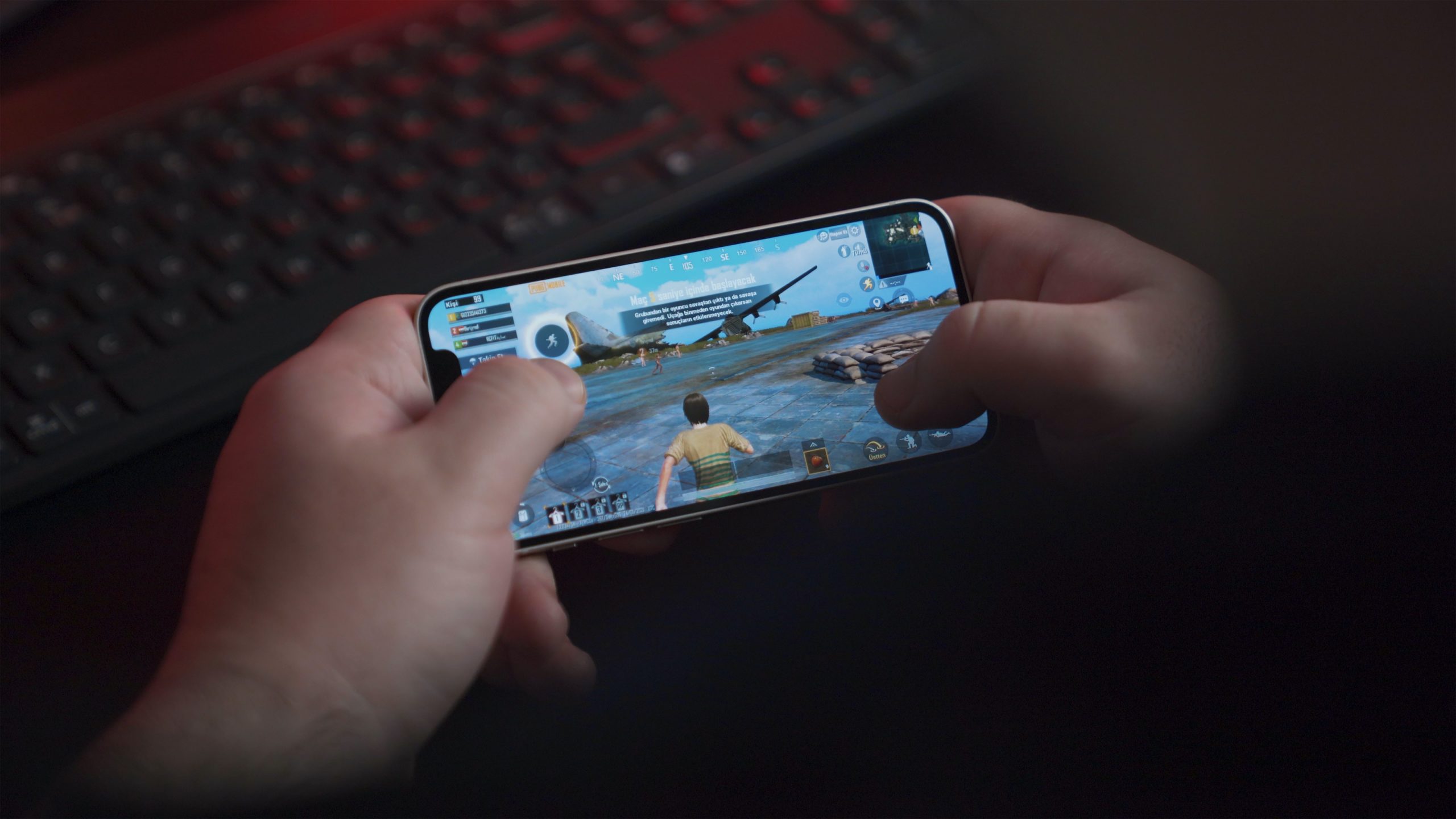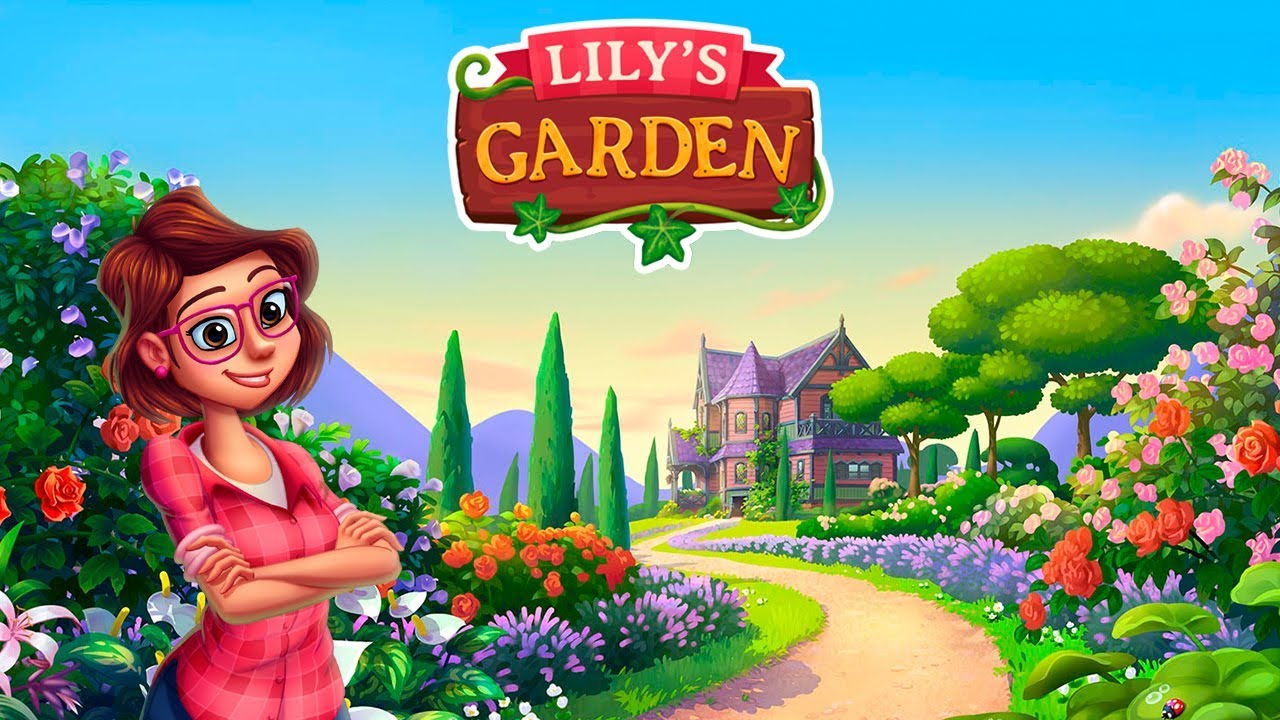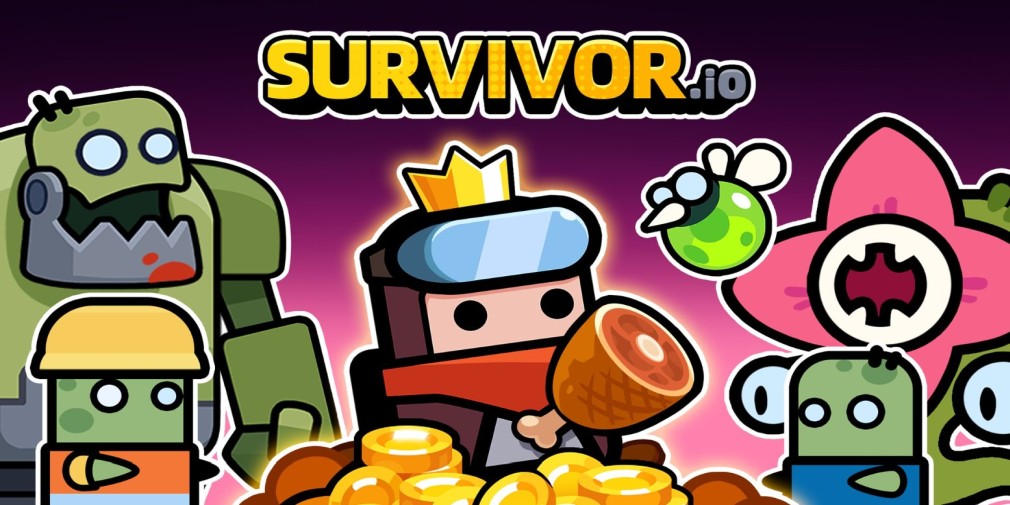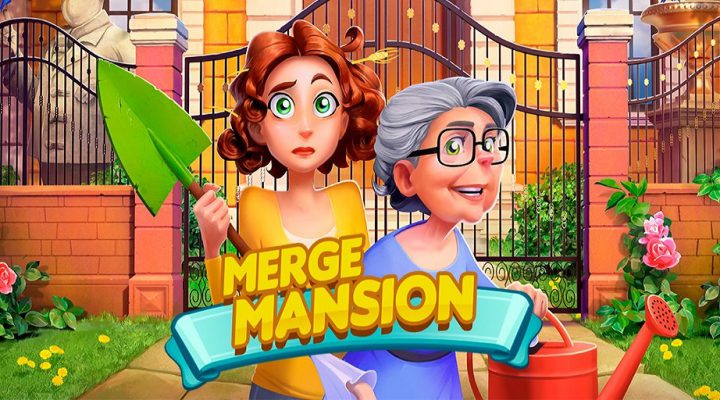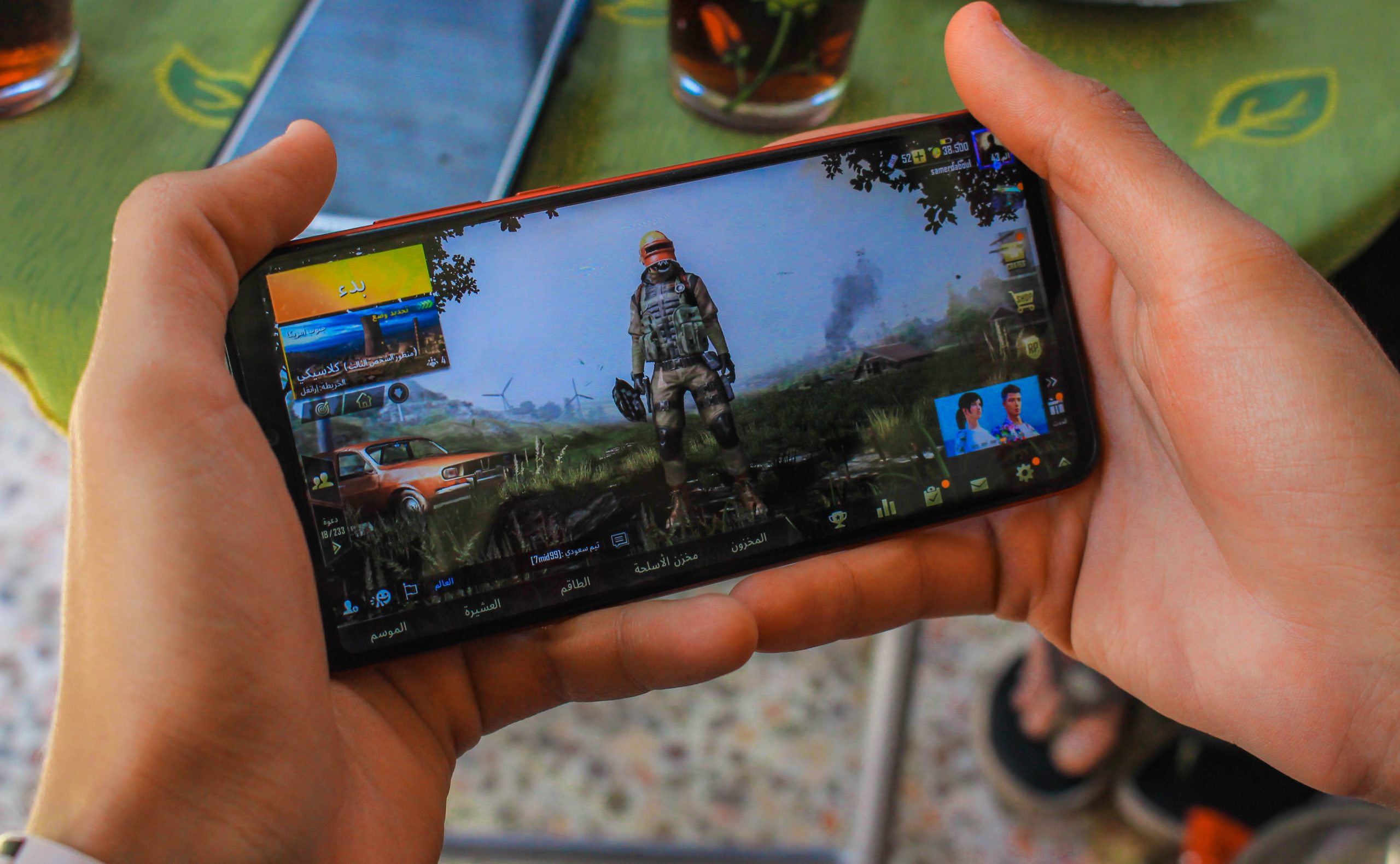Driving conversions with humor ⎮ A Lily’s Garden Case Study
Mobile Games
March 14, 2023
Lily’s Garden stole the spotlight with their quirky and funny video ads. The puzzle game grew steadily towards success thanks to their spunky creative assets. We’re diving into their marketing strategy and the reasons behind their rise to mobile gaming advertising fame.
About Lily’s Garden
Lily’s Garden is a match-3 blast game developed by Copenhagen-based studio Tactile Games. It was launched in January 2019 and has since been downloaded over 70 million times (with the majority of downloads coming from India and the US) and earned $350 million.

The game is named after its main character Lily, who discovers she inherited her great-aunt’s house. Lily’s Garden meta-layer is all about helping Lily get her new garden back in shape, get over her ex-boyfriend and flirt with her new neighbor.
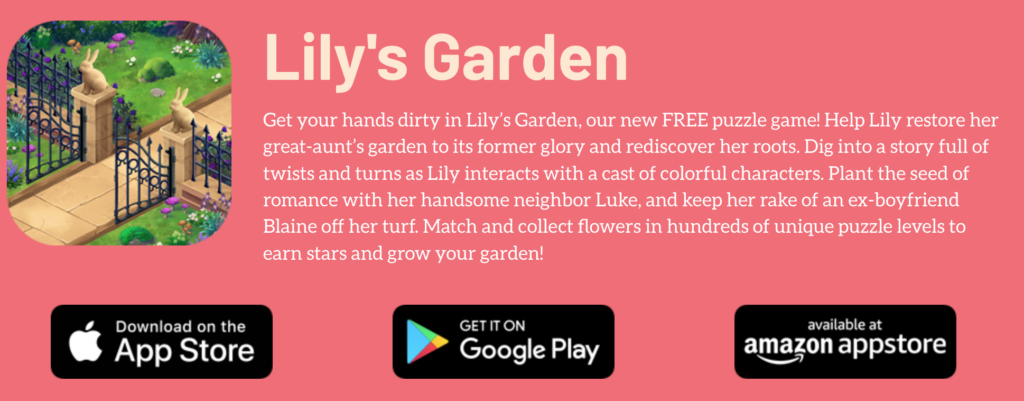
The game’s description on Tactile Games’ website starts off with a joke, which is pretty on-brand with Lily’s Garden marketing strategy.
Stores assets and ASO strategy
Lily’s Garden static store visual assets are similar in both stores, even on the Amazon App Store. Both the icon and the screenshots are very similar but they differ around the preview video.

The icon
For their icon, Lily’s Garden bet on a creative trend that shows a female character caring for a child in a very cold and hostile environment. This is not at all the theme of the game (which is to revive a garden by winning stars). However it can look like a seasonal icon by showcasing winter elements (the snow, the apparent coldness experienced by the characters, the empty branches of the tree).
It combines the seasonal aspect and the trending aspect. There are a lot of ads right now that show a redheaded young mother trying to survive in a cold decrepit house with a child. And even though Lily doesn’t have a child in the game, there’s a baby at the forefront of this icon. Clearly, Lily’s Garden is betting on advertising trends and is not scared to bring the fake ad technique to its icon.
The screenshots
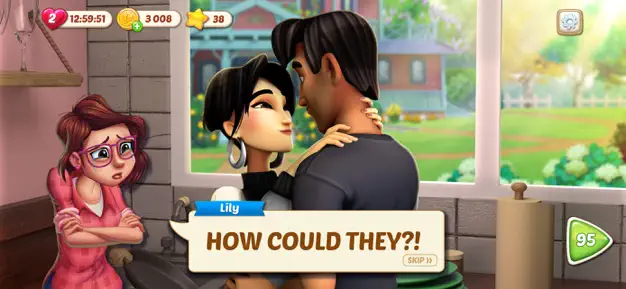
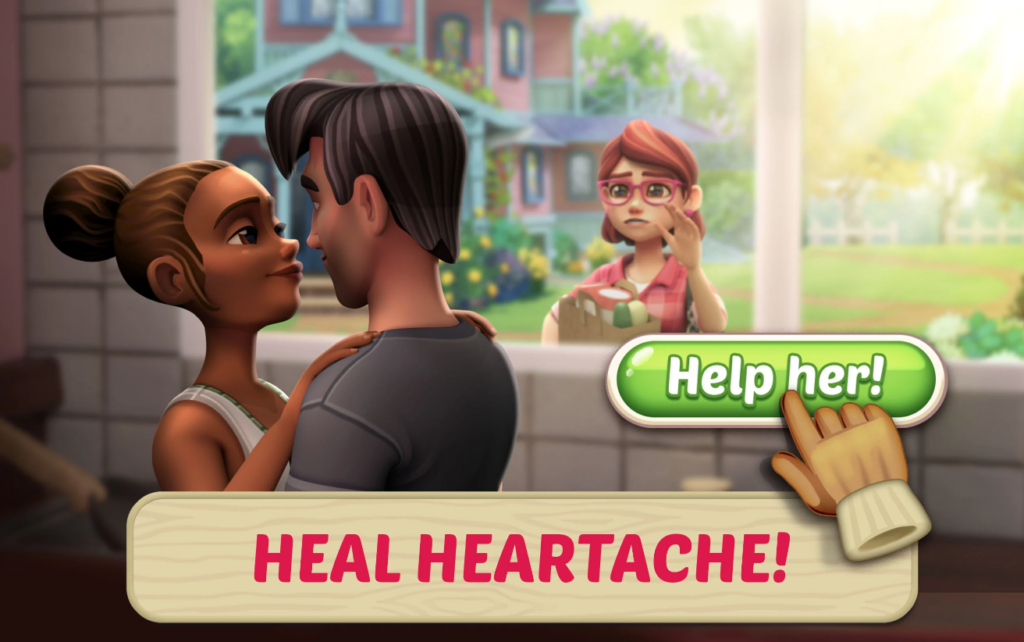
For screenshots, the main ideas and execution is very similar with only a slight variation. Above Lily is inside the room on the App Store version (left) while she’s outside on the Play Store (right). The App Store version also includes more in-game elements with the life, money and star count, and the speech bubbles from the game.
This is the first screenshot that appears on both the App Store and the Play Store and it focuses on the cheating trope that is often used in video ads (the Family Island game is an expert in this trope).

The other screenshots are also putting the main character in dire situations, and remind the user of a number of ads where the viewer sees a player make terrible choices to try and save a character. These screenshots are a clear reminder of that, it helps build familiarity and trigger an emphatic response from the user who will want to help.
The actual gameplay only shows up further down on one screenshot on both stores. Storytelling is clearly a better converter.
The preview video
As per App Store rules, the App Store preview video is based on actual gameplay with the first part of the video showcasing the renovation part of the game where you can choose which style you want to use for decorations. Then the match 3 aspect comes into play with screen captures.
The Play Store video focuses more on storytelling. Showing a day in the life of Lily where everything goes wrong, from being late for work to being fired, then witnessing her house burning down (in a strange reminder of a Merge Mansion ad). Then, 16 seconds in it turns into a fake gameplay ad where the player is making terrible decisions while Lily is trying to repair part of the house and makes everything worse.
The fail aspect is a great way to push the audience to action, it has been used for quite some time in advertising to push conversion and interaction. The frustration helps viewers feel like they can do better than what’s shown on screen.
Making creatives fun
From the start, Lily’s Garden gained an audience with snarky and funny advertising with dramatic plot twists and dirty jokes. The games’ ads are focused on one of the game’s meta-layer: the story and its character. None of the ads actually show the story in the game, but they set up personas for the characters and drive attention with innuendos and racy jokes.
In this ad for example, we’re empathizing with the main character Lily when her boyfriend runs away at the sight of a positive pregnancy test. It makes Lily relatable, and dealing with realistic issues (a pregnancy, a break-up) However, a second plot twist changes it up and makes the ad unforgettable: it turns out the pregnancy test was fake and Lily manipulated it to get rid of her boyfriend.
Every ad shows a new twist on a common trope: a pregnancy scare but Lily faked it, her boyfriend cheated but with Lily’s mother, etc. Even their seasonal assets have a naughty undertone.
This focus on the characters and their lives allow Tactile Games to have some fun with their assets and produce original ads, stacking them with as much innuendo as they can to target a more adult audience. One of the most famous ads for Lily’s Garden actually shows the main character enjoying herself on a washing machine. Even the ads titles on YouTube are phrased as wordplays or jokes.
These jokes attract a lot of attention and interactions from users, they’re often commented on and really boost the visibility of the game by setting it apart from its competitors with a strong brand image. One that’s laid back and breeds friendly interactions.
And now that Tactile Games has launched a new mobile game Penny & Flo, characters from both universes are interacting with each other in the latest ads.
Keeping up with Lily
What makes this game so relevant is how it stays in the public eye as well through a strong social media presence. There’s a YouTube account called “Lily’s Garden Confusing Universe”, showing ads for both Lily’s Garden and Penny & Flo. There’s also a dedicated Instagram account that showcases Lily and the other characters in different situations.
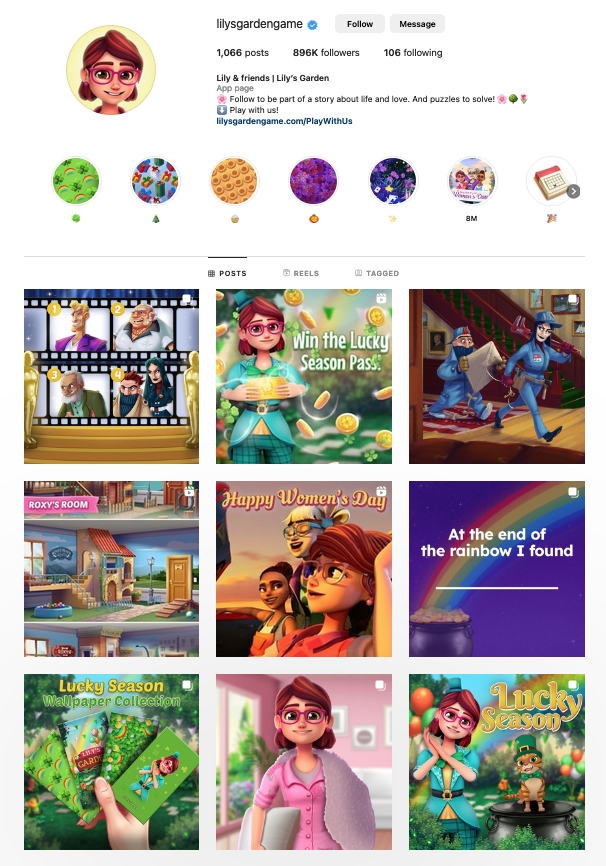
Not only does it help create and cater to a community, creating a stronger relationship with the players and ensuring their attention and attachment to the game, but it also keeps the game relevant. Their last Instagram post is a nod to the Oscars’ ceremony which happened Sunday evening.
They answer comments from gamers and produce extremely seasonal content in a timely manner, which shows that the game is still very much present and up to date. It keeps users interested and even drives them back to the app with freebies linked to seasonal events.
And with almost 900k followers on Instagram, it seems to be working just fine.
- Mobile Video Monthly #38 – November 2023 - 5 December 2023
- Disturbing ads, a new trend for mobile gaming creatives? - 28 November 2023
- The Power of Holiday Marketing in Boosting Mobile Game Engagement - 21 November 2023

